The Last Resort David Lee Hoffman (b. 1944)
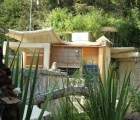
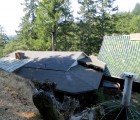

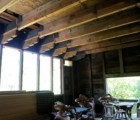
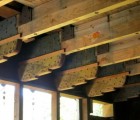
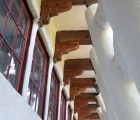
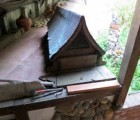
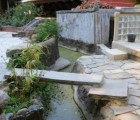

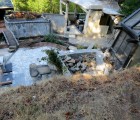
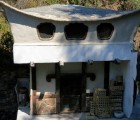
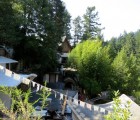

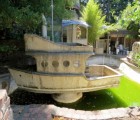
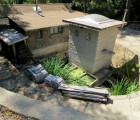

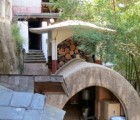
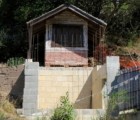
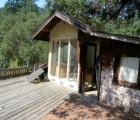
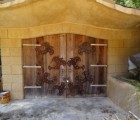
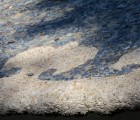
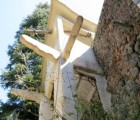

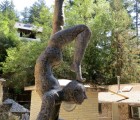
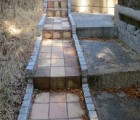
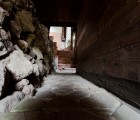
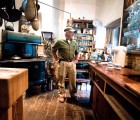
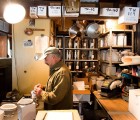
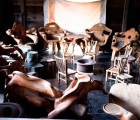


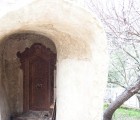
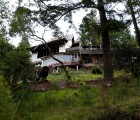
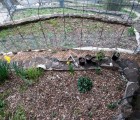
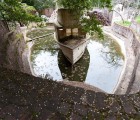
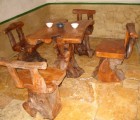
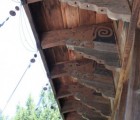
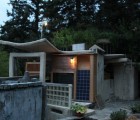
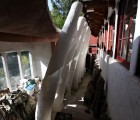

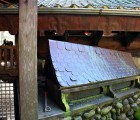
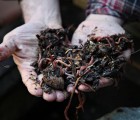
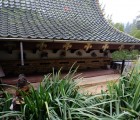
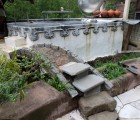
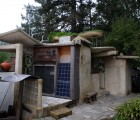
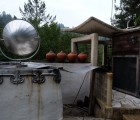
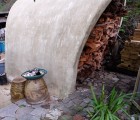
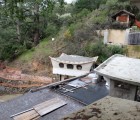
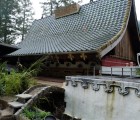
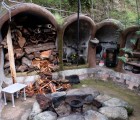

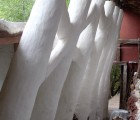

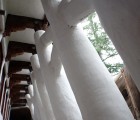

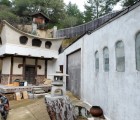
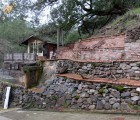
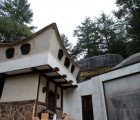
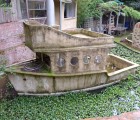
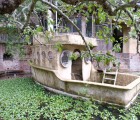
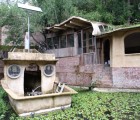
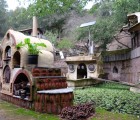
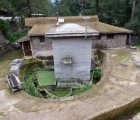
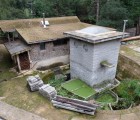
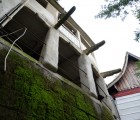
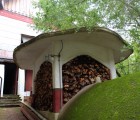

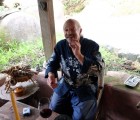
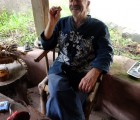
Threatened
2 Alta Avenue, Lagunitas, CA, 94938, United States
1972 to present
About the Artist/Site
Son of a wallpaper manufacturer, Hoffman grew up in Oakland, California. He has become a creator and innovator in many disciplines, but marks building his own drag racer at age 15 as a particularly important early milestone. A conscientious objector during the Vietnam War, in his twenties he backpacked throughout the world to over 100 countries, including Afghanistan during the reign of its last king. The influences of these travels, and especially the four years he spent living in the Himalayas trekking for months on end to remote villages, profoundly affected him for the rest of his life.
Hoffman settled on a two acre property in rural Lagunitas, California (Marin County) in 1973 and soon invented a groundbreaking sonic cleaning method for conservation of ancient and fragile textiles, used by some of the nation’s most important museums and textile collections. Then, in the 1990s, he pioneered the artisanal tea industry, a project that was documented by filmmakers Les Blank and Gina Leibrecht in the 2007 documentary All in This Tea. At the same time, he had begun to build on his Marin County property, trying to demonstrate that one could live on the land sustainably and without pollution. This work became The Last Resort Lagunitas, an art environment and model of sustainability whose mission is “to discover and perfect sustainable environmental solutions for waste management, water reuse, and food security.” Over the last 43 years he has constructed over thirty buildings and sculptures on this site, most created from recycled materials or those harvested from his own property. Many of the hand-crafted structures were inspired by Japanese, Chinese, and Tibetan art and architecture utilizing masonry, stone, and wood. They include the residence of Hoffman and his Thai wife Ratchanee Chaikamwung, a tea ceremony room, a shrine room, greenhouses, a bell tower, a solarium, a “solar power tower shower,” and numerous other structures and spaces, some functional and others more spiritually focused. A cement boat in the middle of a sustainable pond sourced by rainwater floats over a 30-foot-deep well dug by hand (it is known as the “boat in the moat”). The site also contains a self-contained composting toilet and water treatment systems.
It is Hoffman’s design for disposing and recycling waste through vermicomposting – utilizing worms, micro-organisms, and carbon-rich leaves to break down grey water and food scraps, prior to being reutilized in Hoffman’s gardens – that is of primary concern to the Board of Supervisors of Marin County. So, too, is Hoffman’s treatment of human waste, which is also broken down with worm composting, because such compost toilets are prohibited in Marin County. The County has given Hoffman numerous notices about his flouting of county codes, but he has ignored them, so he has accumulated over $200,000 in fines and penalties for his waste treatment systems, for building without permits, and for running his most recent business, the Phoenix Collection, on the site. The County is also calling for demolition of the architectural structures within the compound. “I understand their concerns,” Hoffman has stated, “But my concern for the planet is far greater than my fear of breaking the law.”
Although the Marin County General Plan clearly calls for the identification, documentation and preservation of historic assets, County officials are focusing on their fear that Hoffman is threatening their aquifer with contamination from his sewage, polluting local creeks and streams with his wastewater, and endangering the health and safety of his Marin County neighbors, rather than on the artistic and aesthetic merits of his built works. However, a petition signed by over 1000 local residents states “we see in plain sight a unique and visionary creation that has evolved over [the] years. We believe its demolition would severely endanger the health, safety, beauty, and tranquility of our community. We request that Marin County staff develop a cooperative plan that will benefit the community, the county, and the Hoffman family.”
Hoffman himself believes that the property could be used as a model for environmental education, although he does expect that he will need to negotiate with the County in order to preserve his structures and systems. As of this writing, however, Marin County has indicated that it will be appointing a receiver to take over the property, which will give the County the opportunity to do as it wishes, including demolishing Hoffman’s works and dismantling all constructions.
~Jo Farb Hernández, 2015
Contributors
Related Documents
Map & Site Information
2 Alta Avenue
Lagunitas, CA, 94938
us
Latitude/Longitude: 38.0164908 / -122.703291
Nearby Environments


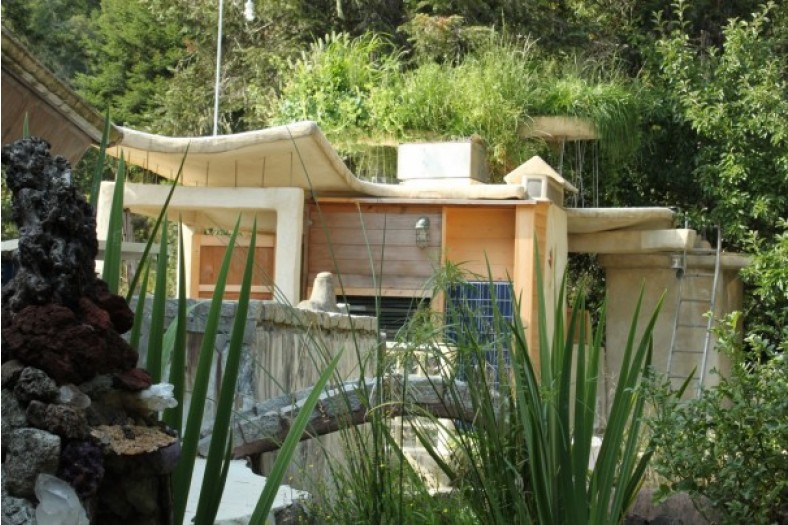
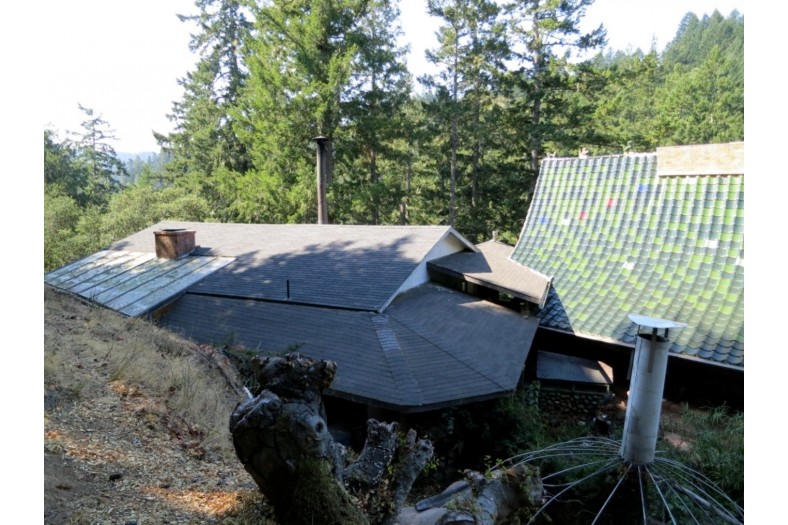
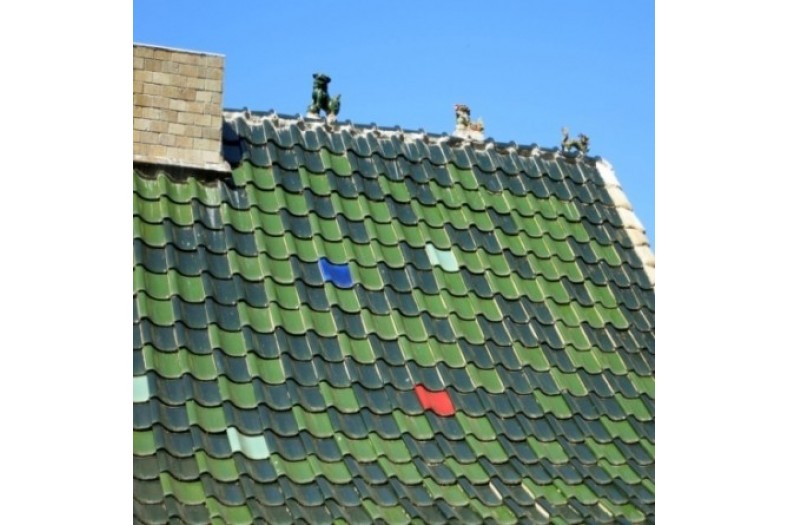
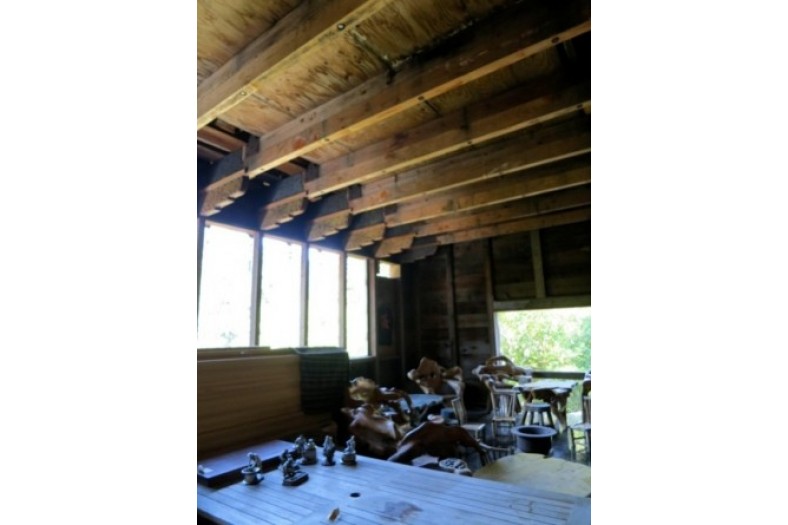
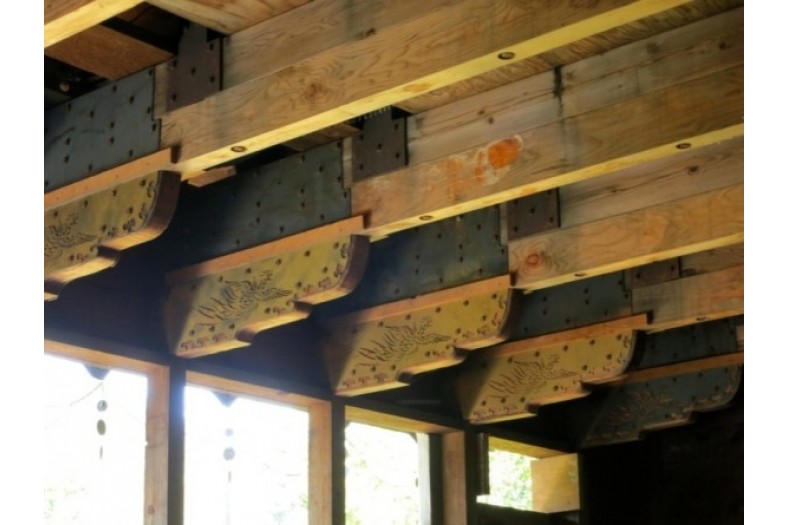
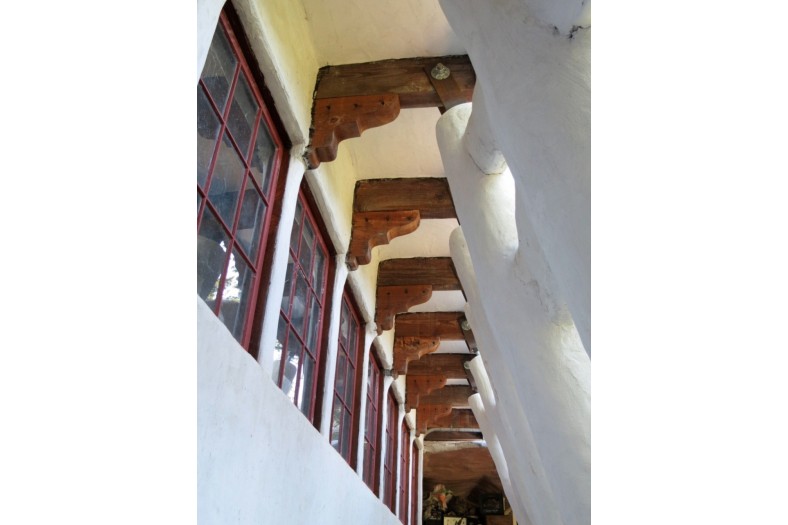
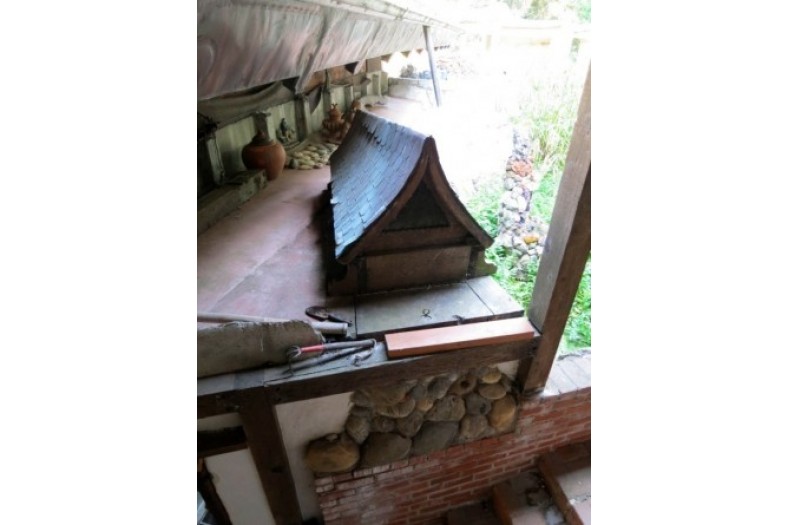
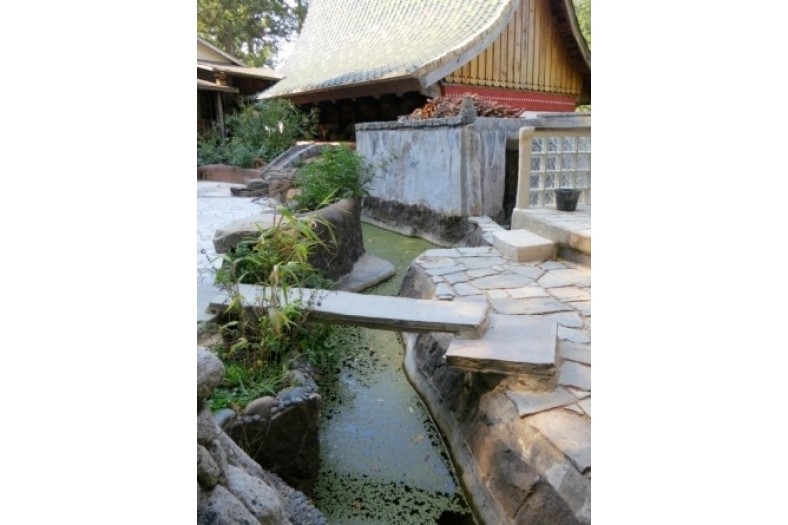
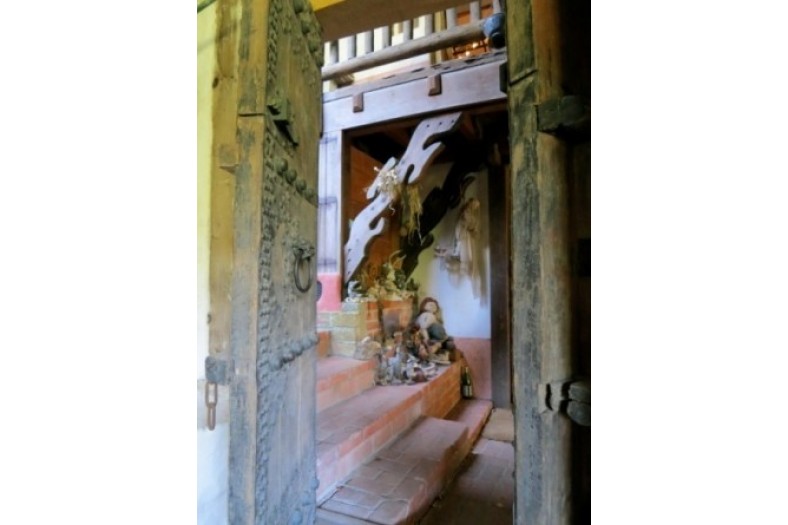
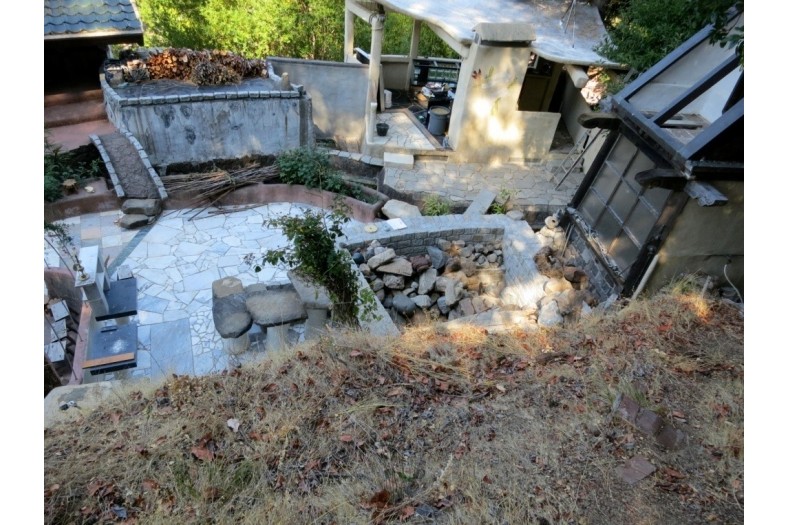
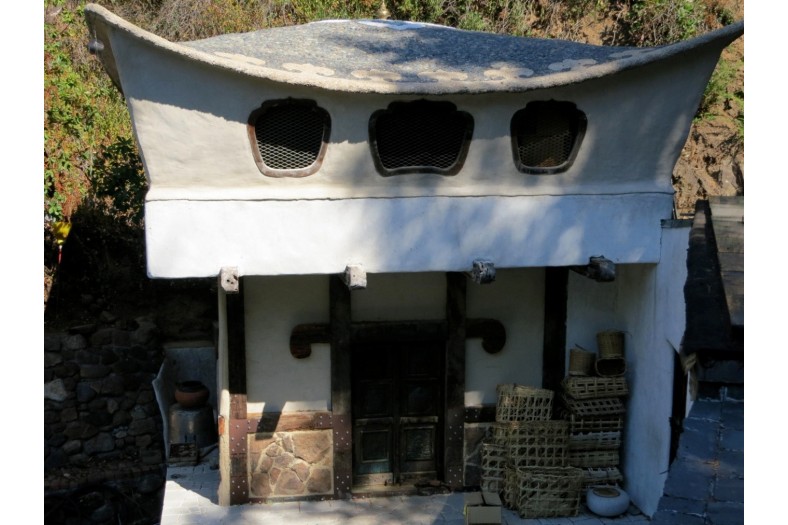
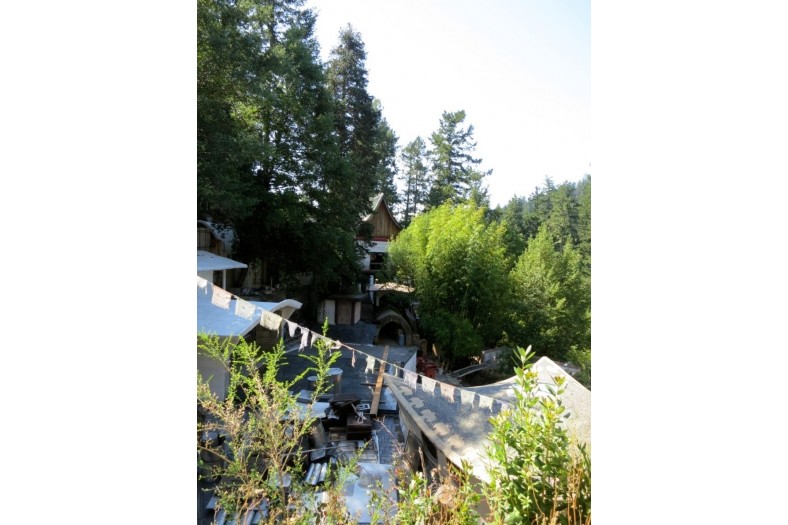
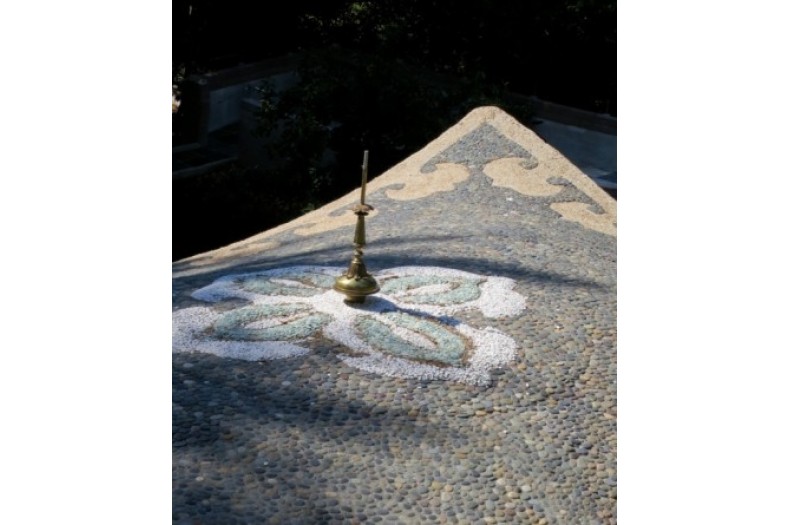
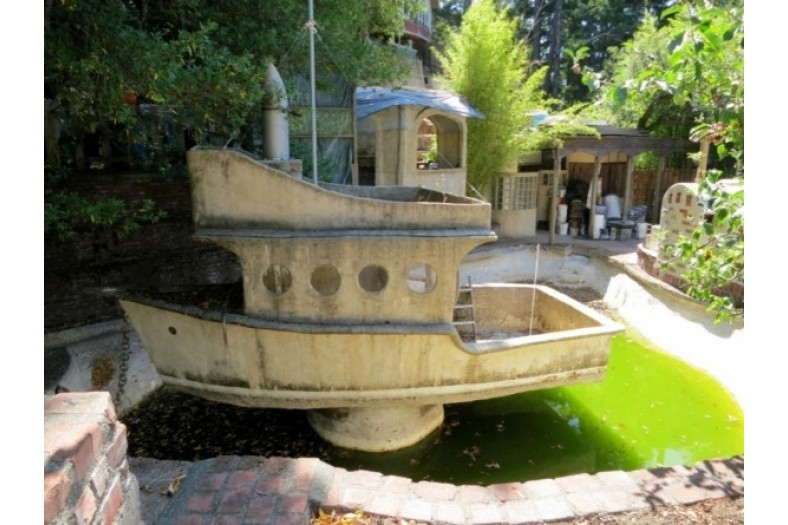
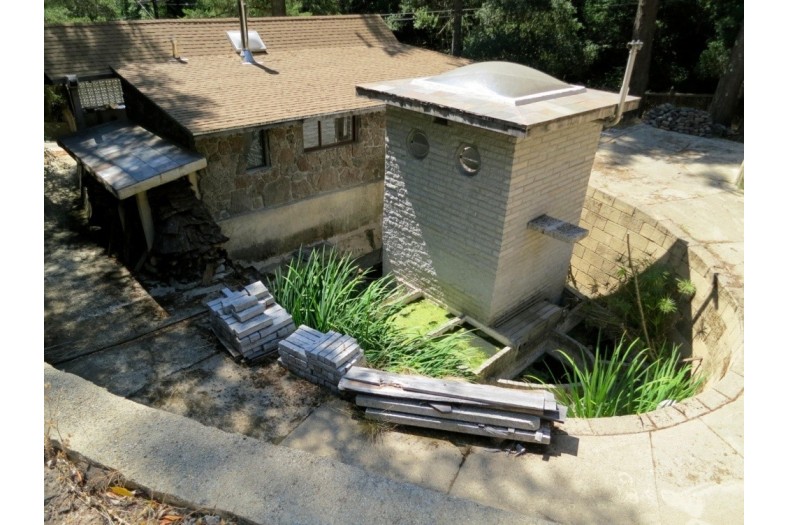
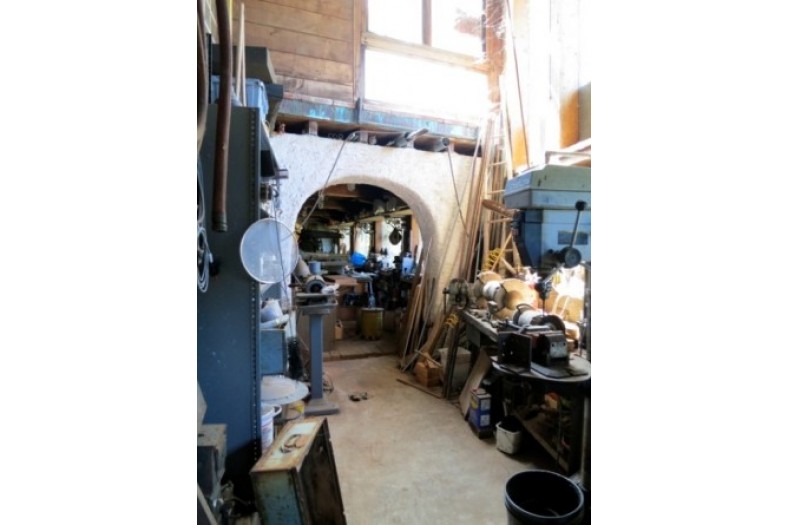
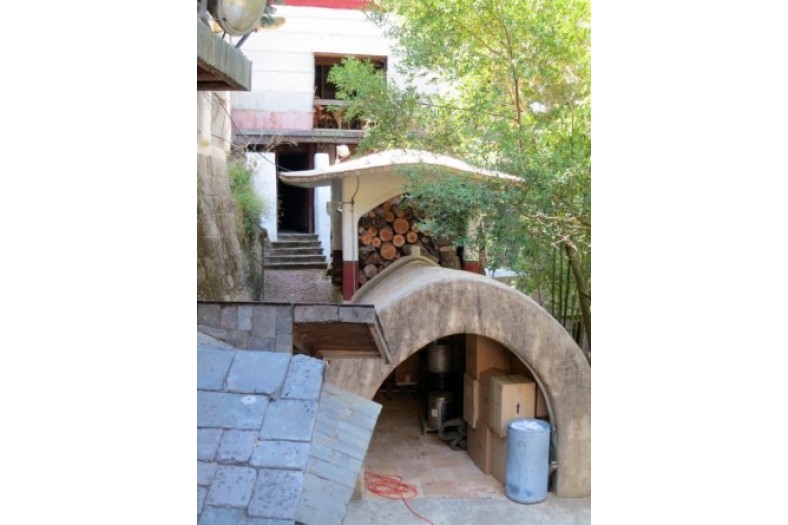
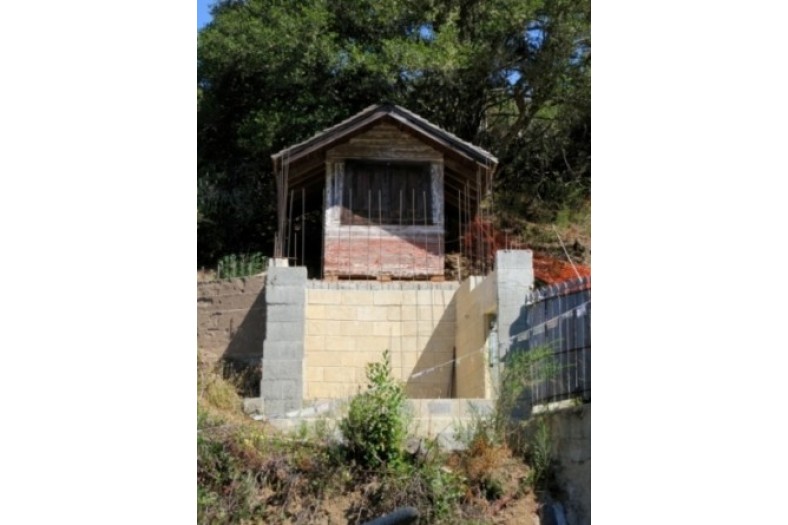
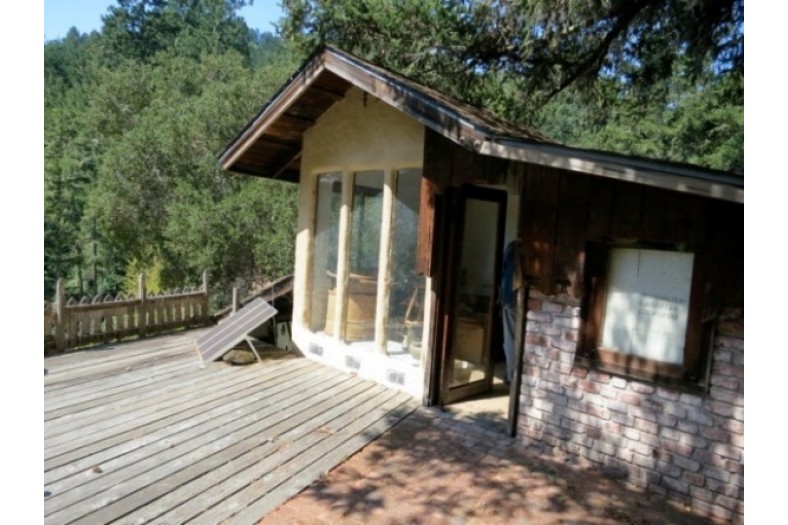
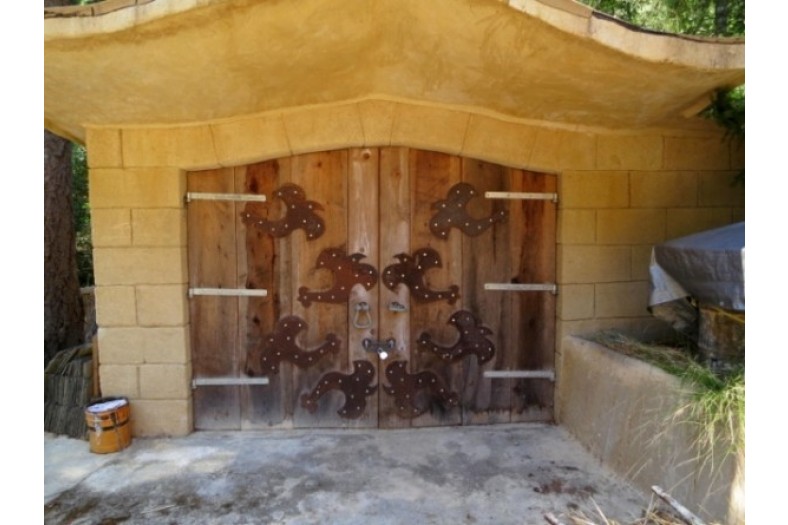
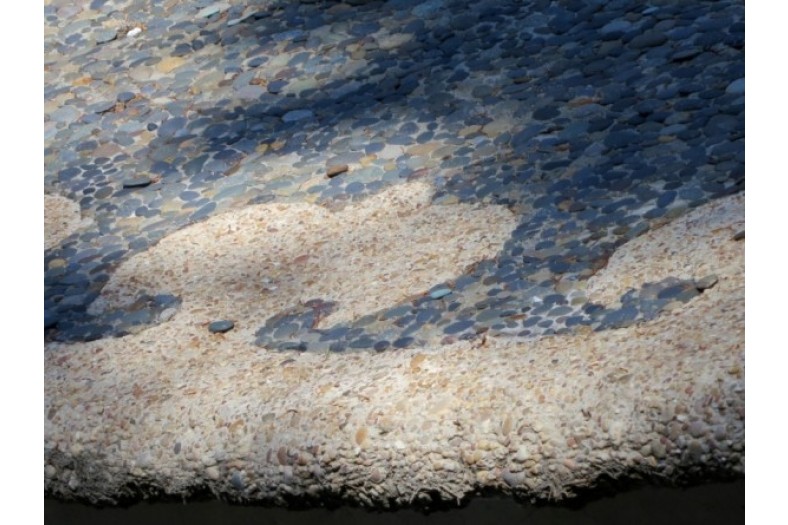
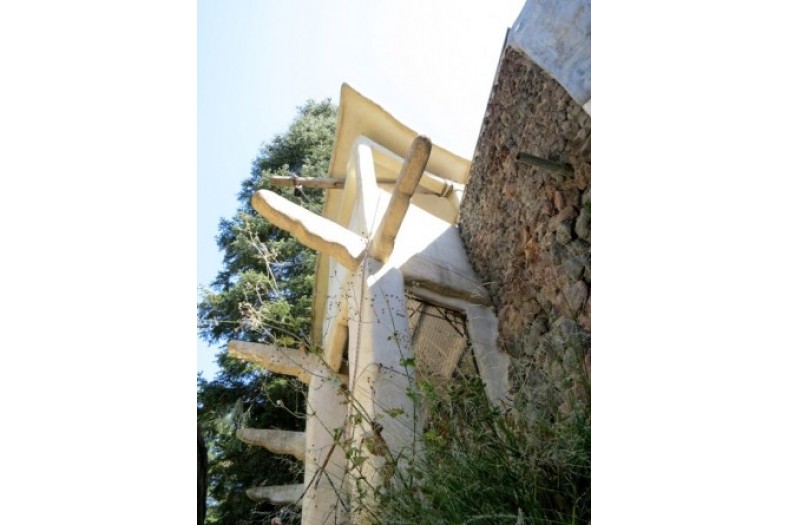
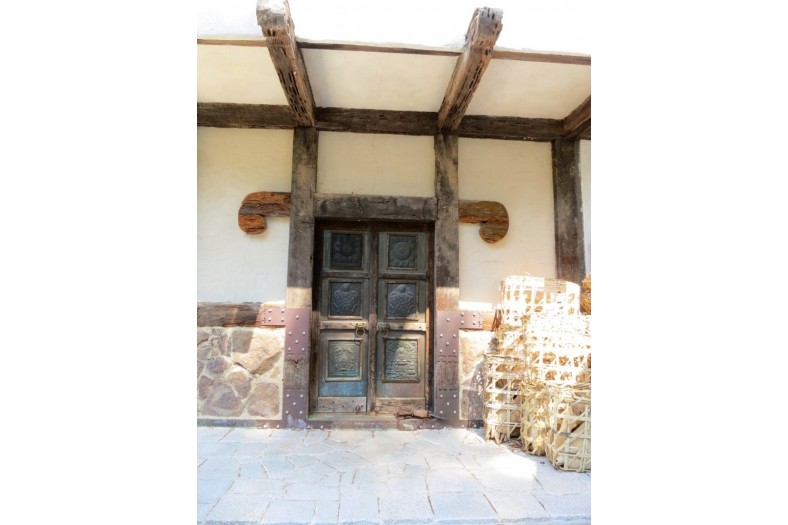
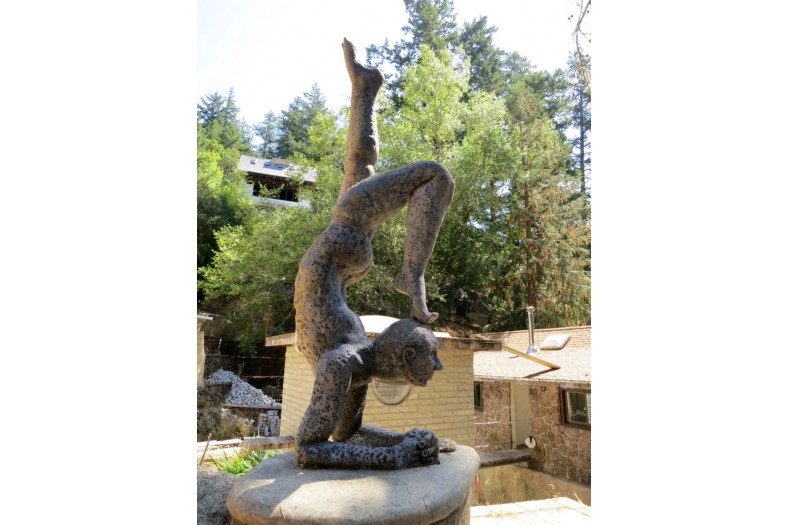
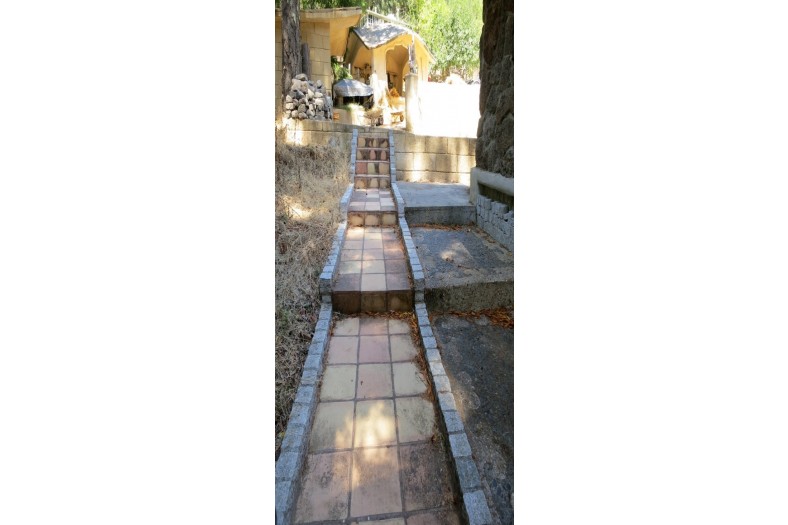
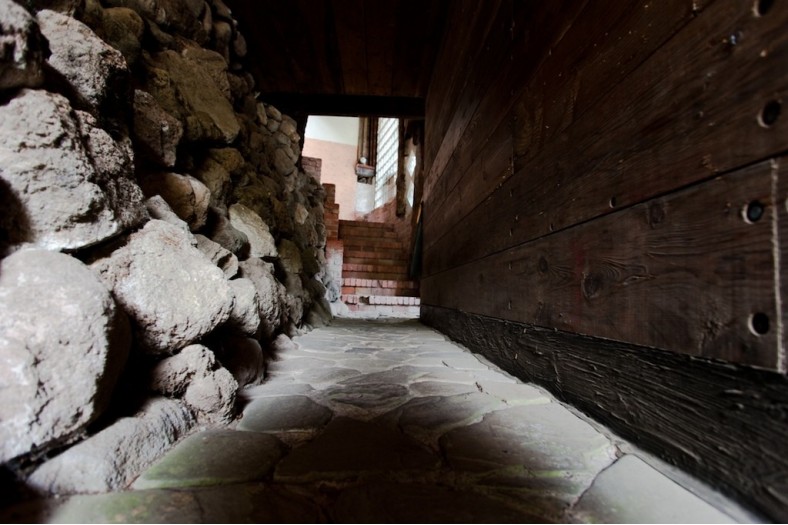
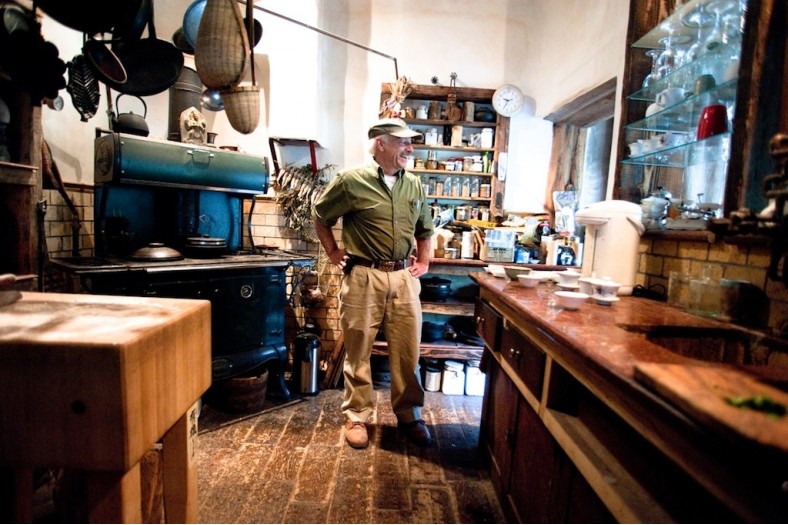
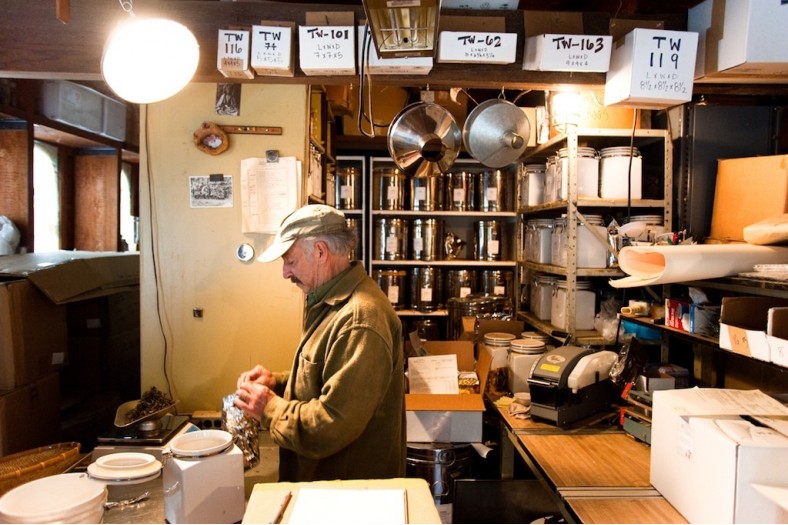
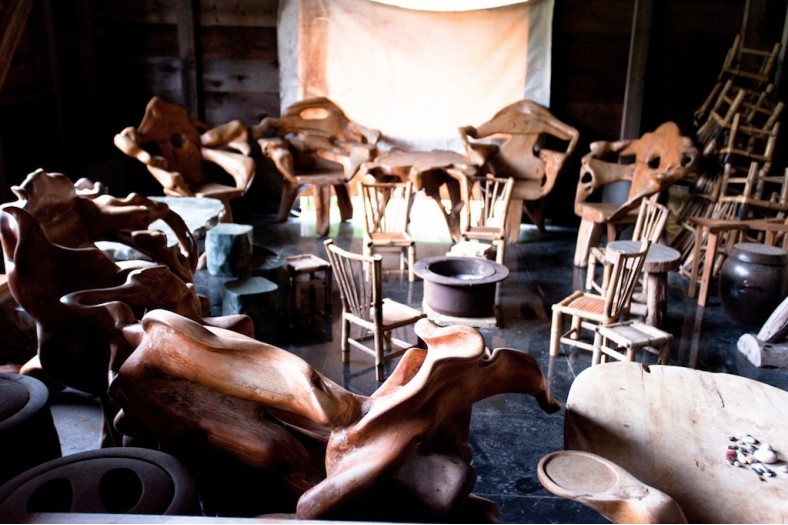
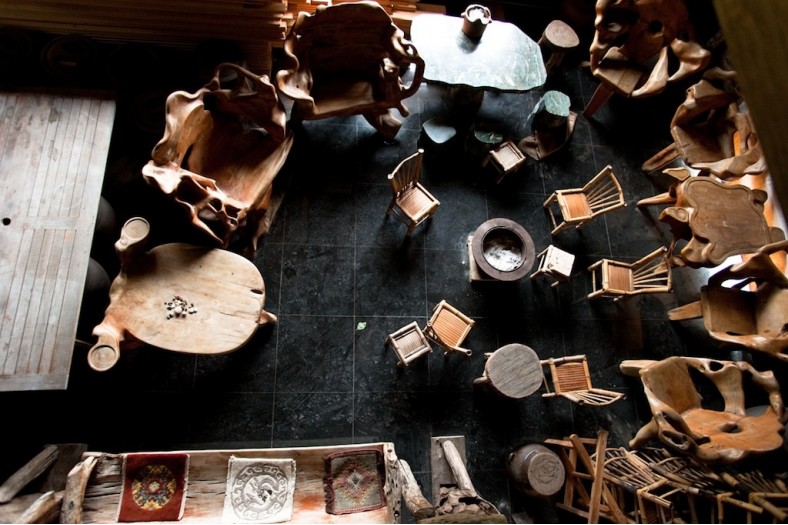
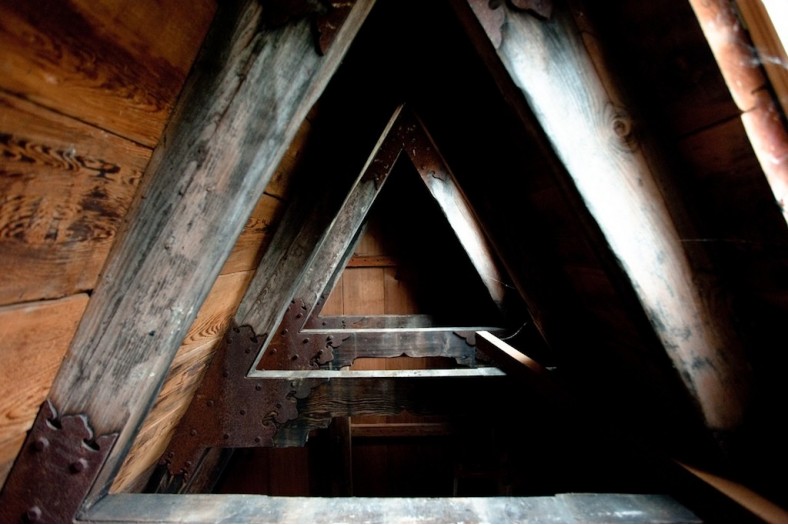
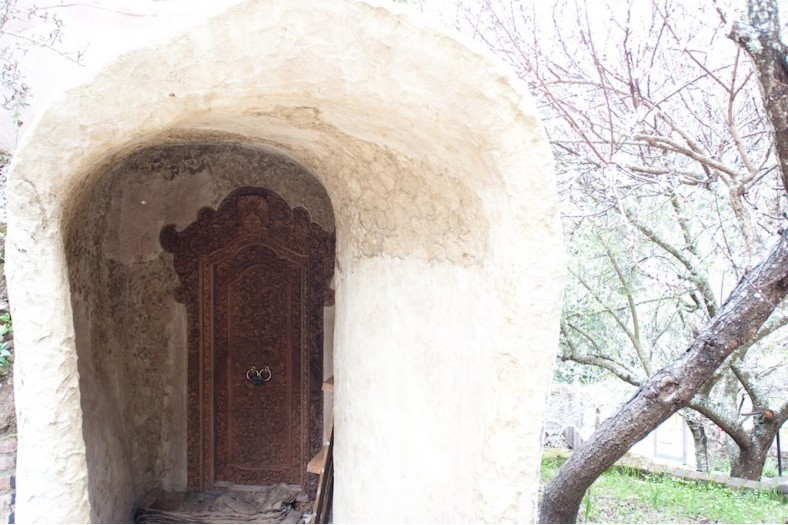
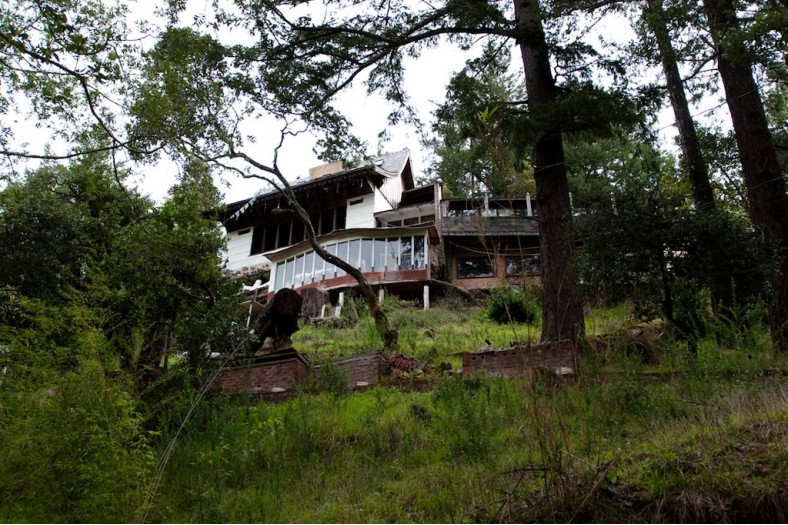
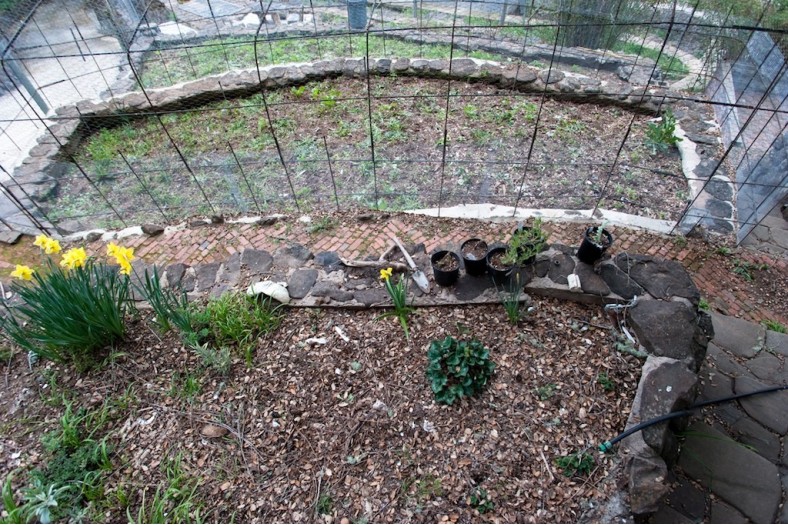
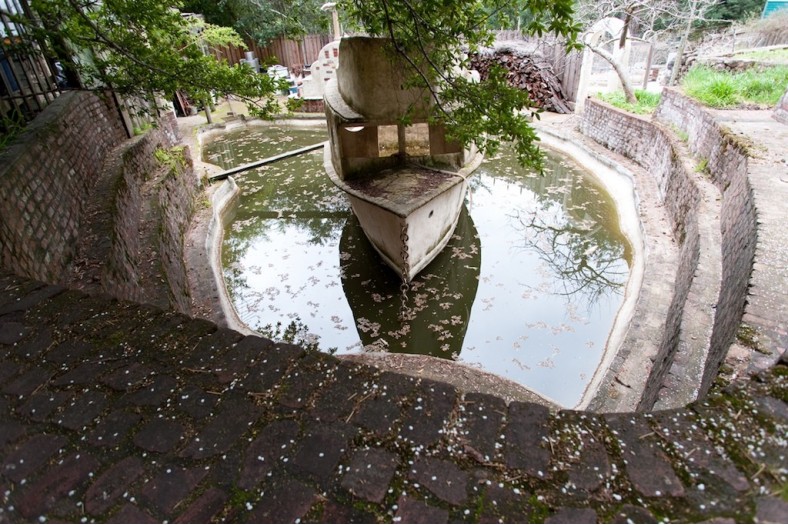
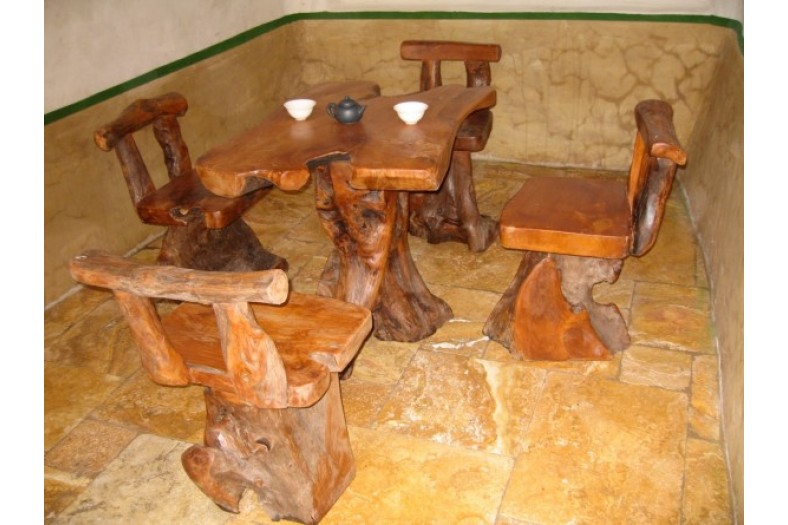
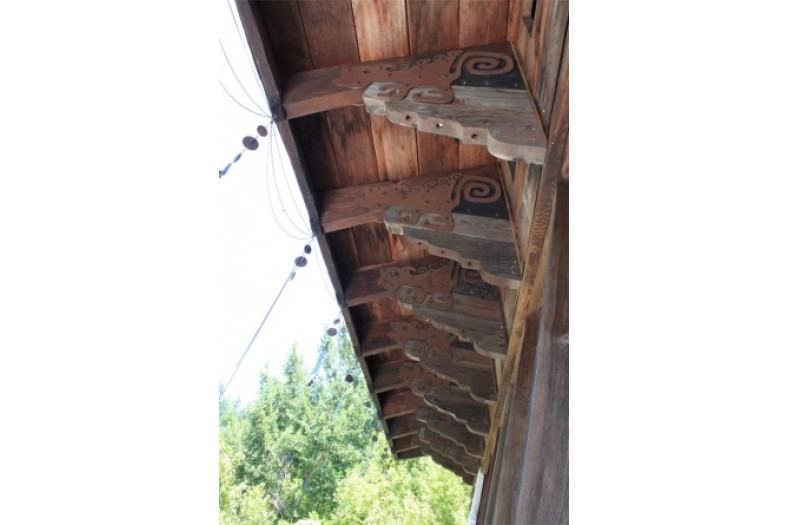
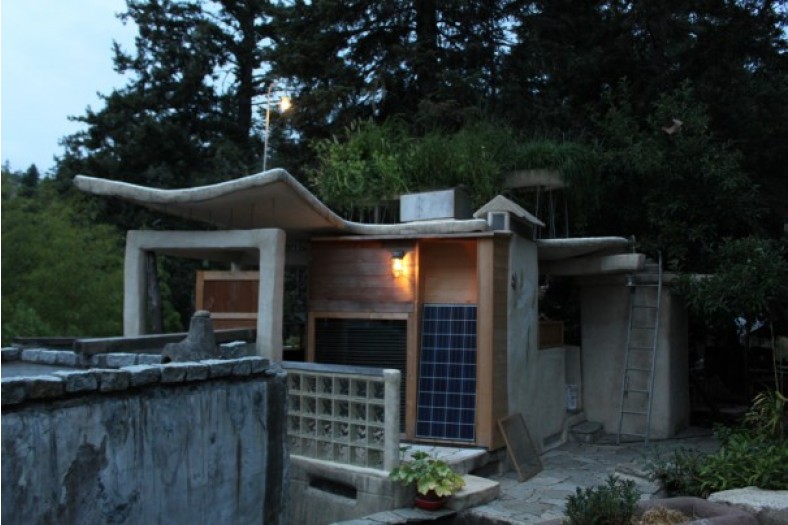
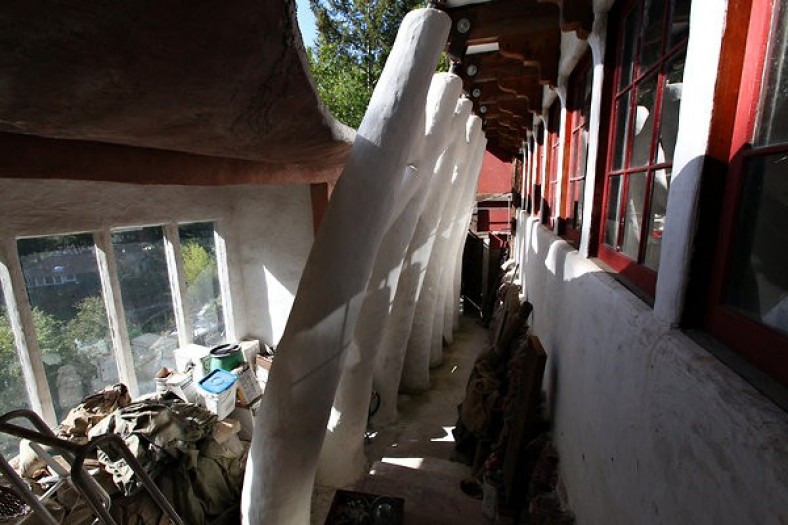
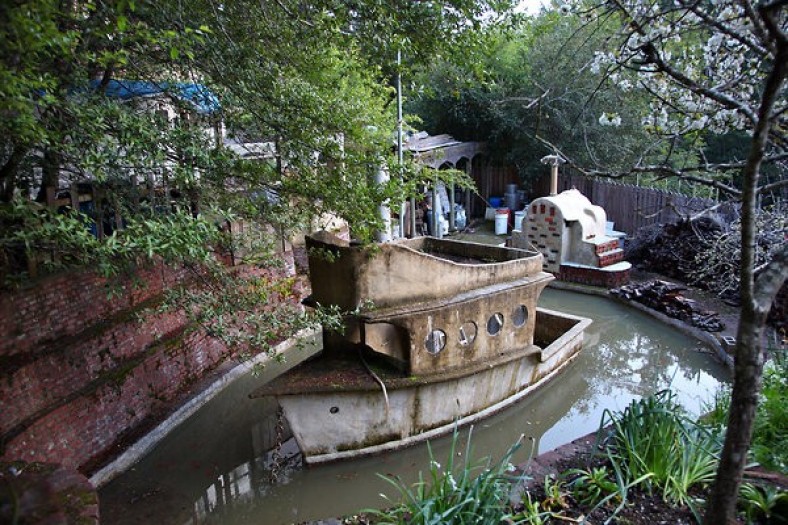
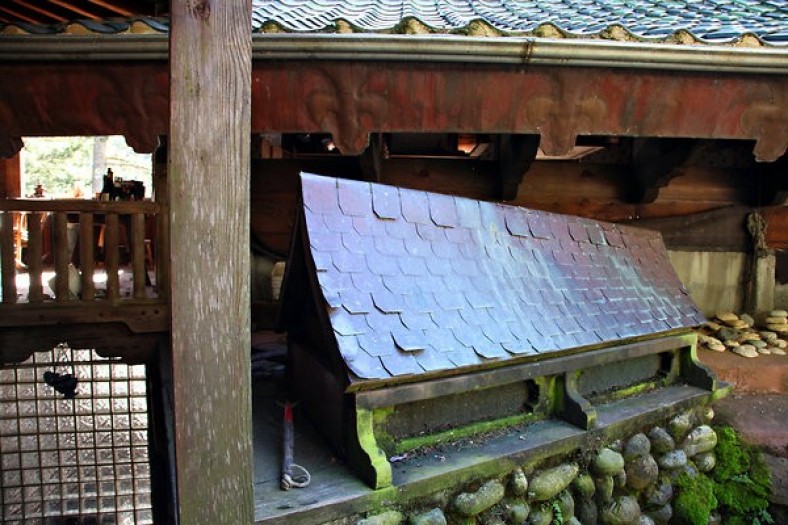
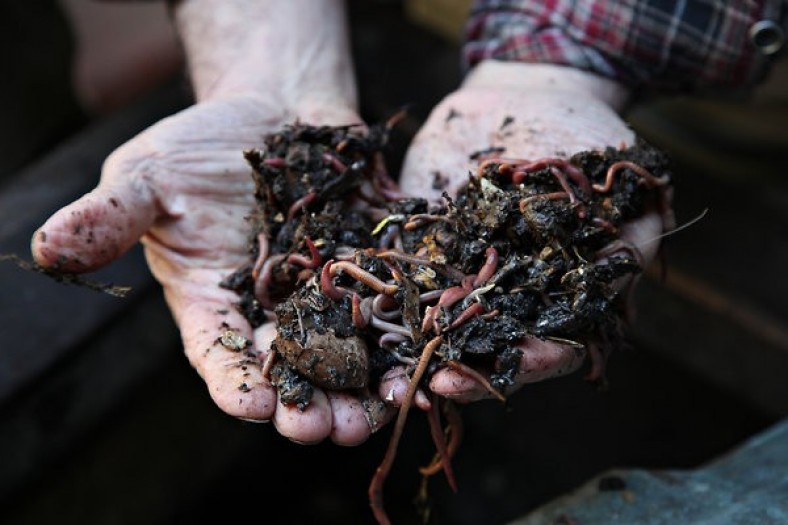
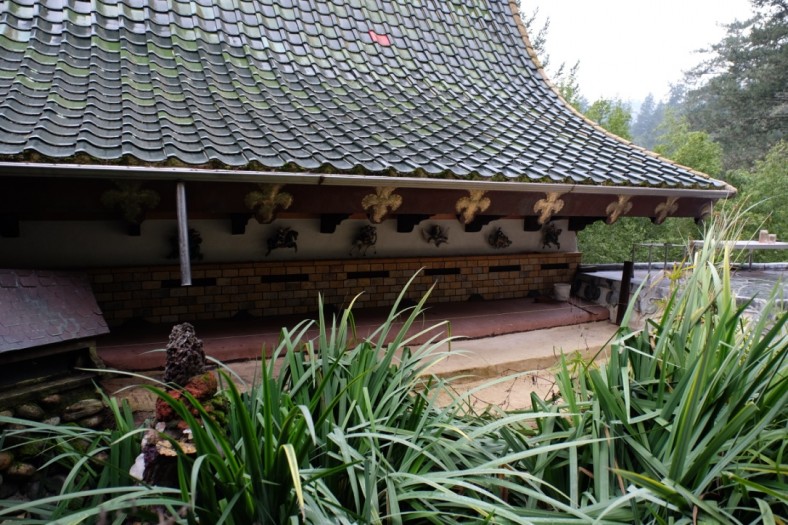
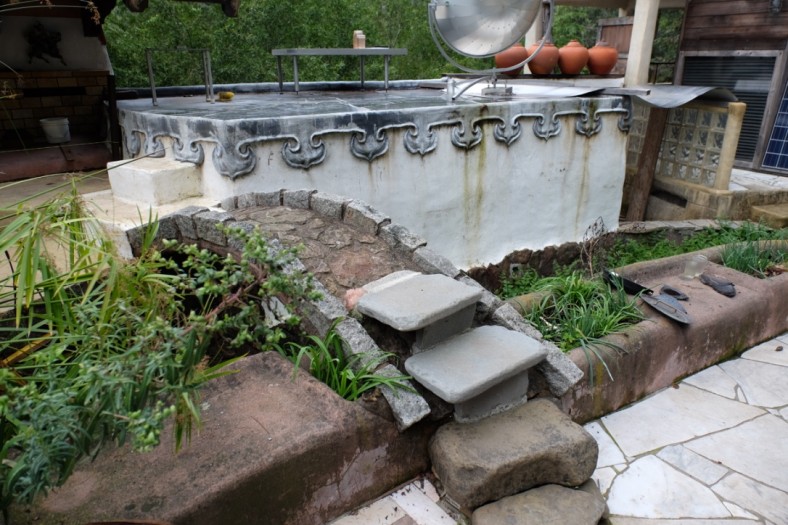
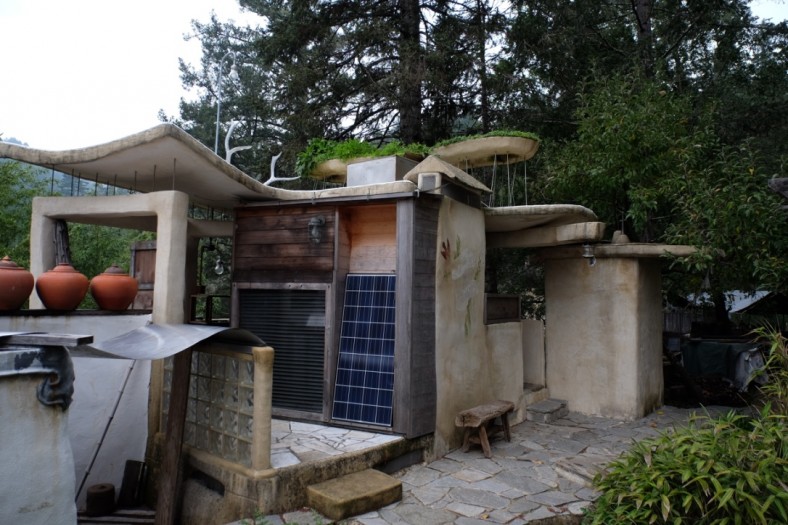
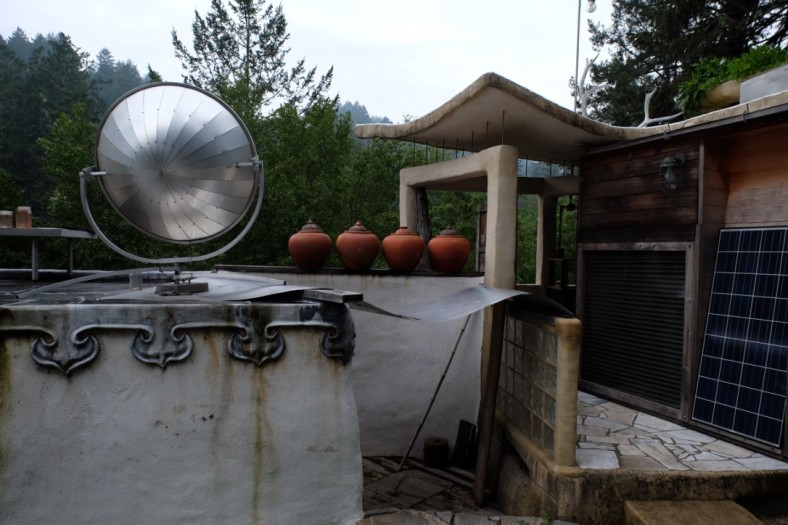
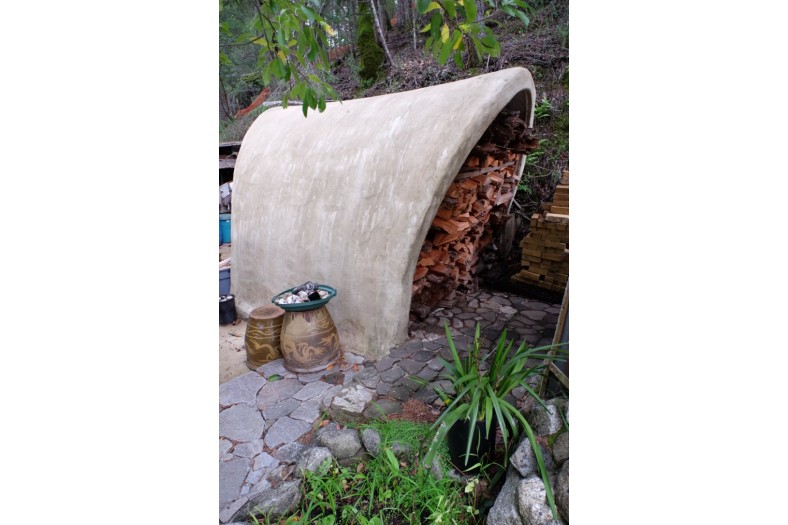
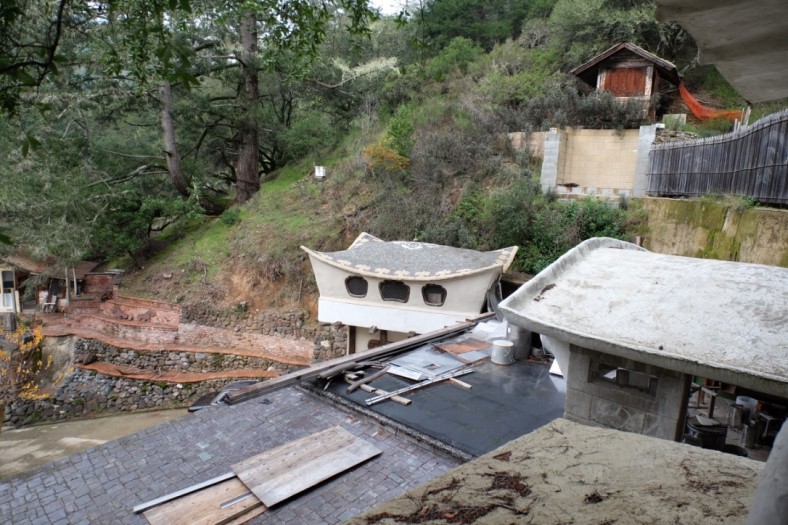
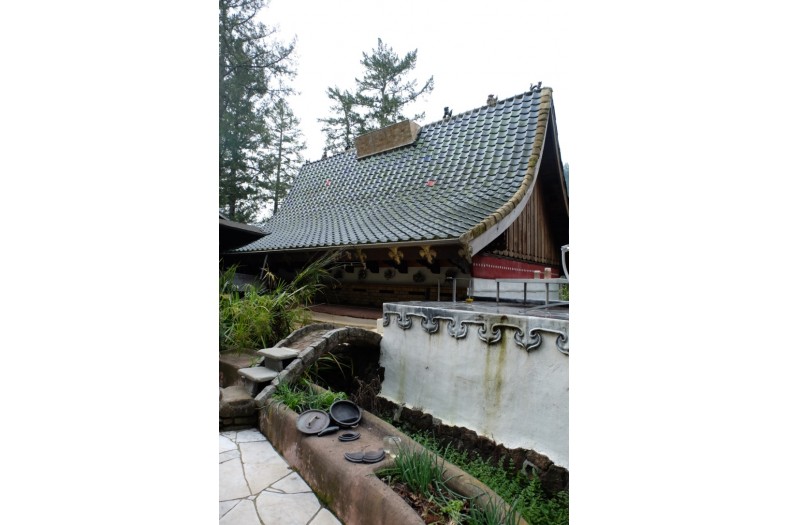
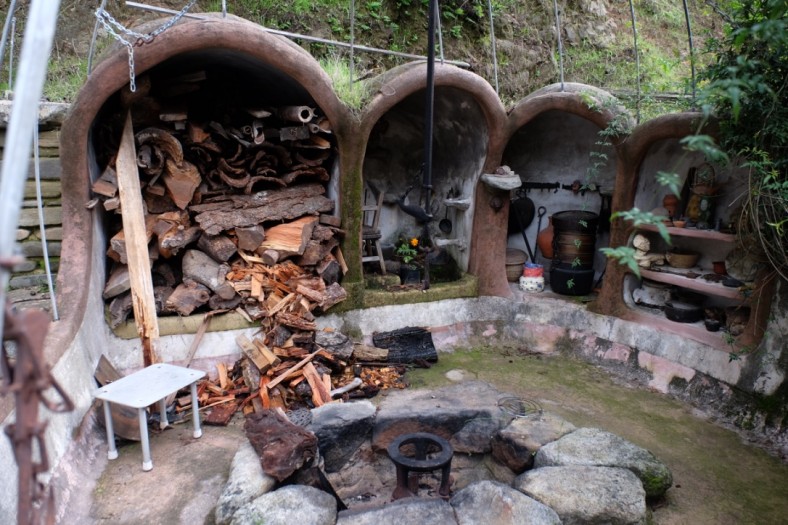
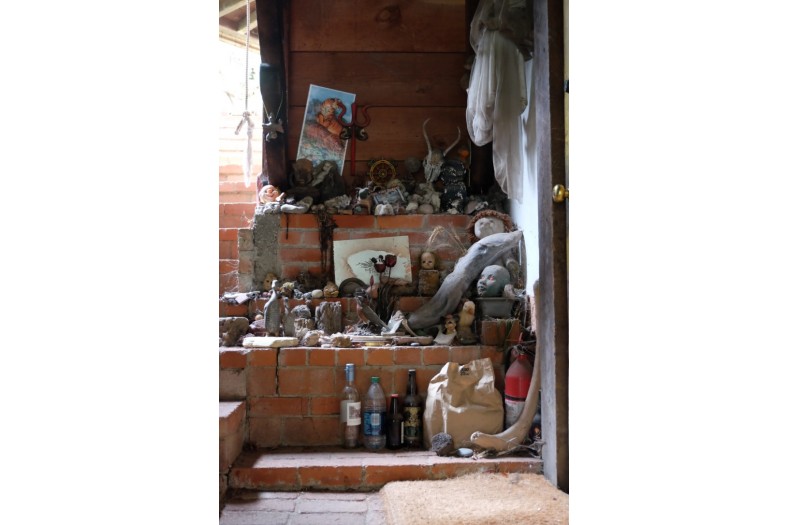
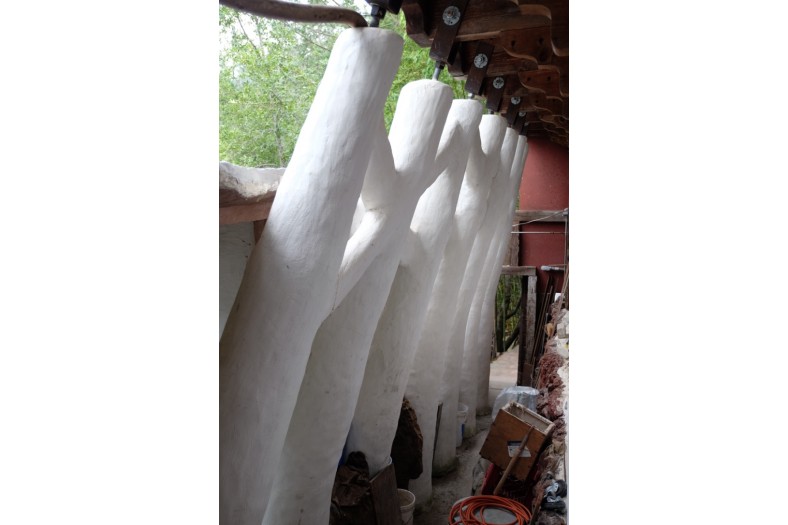
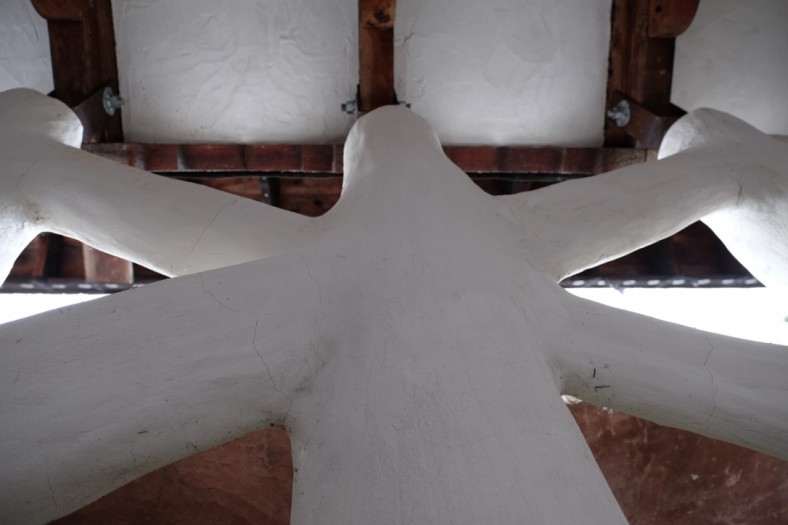
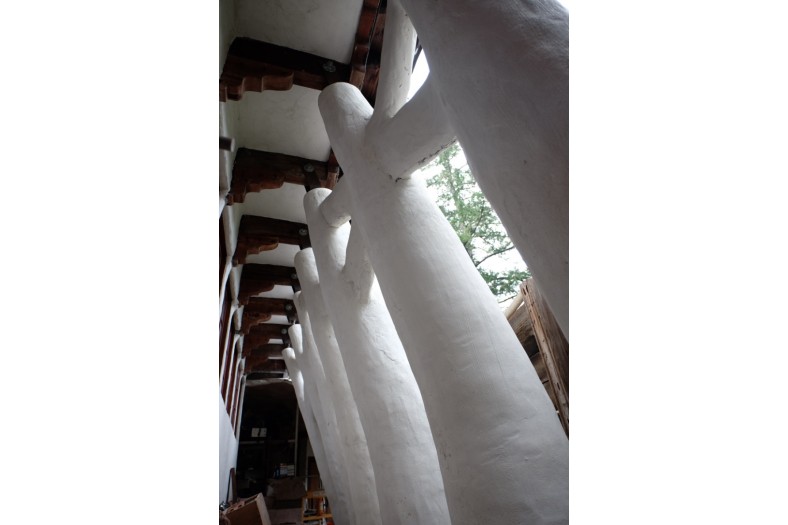
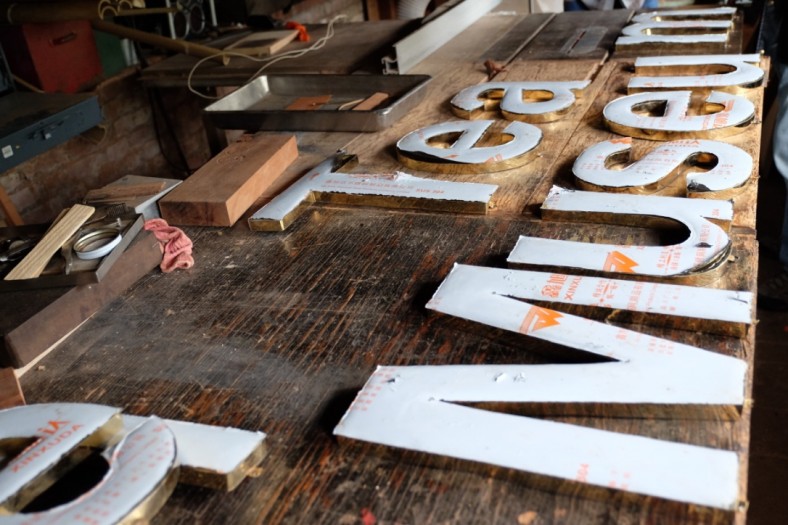
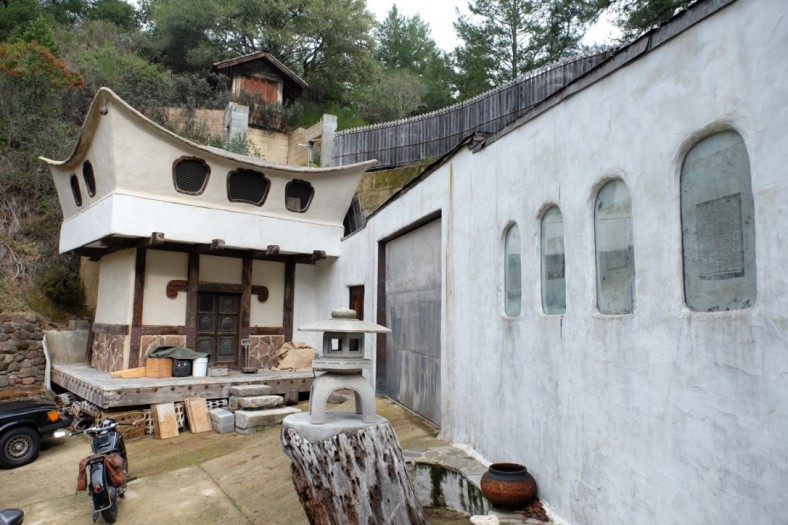
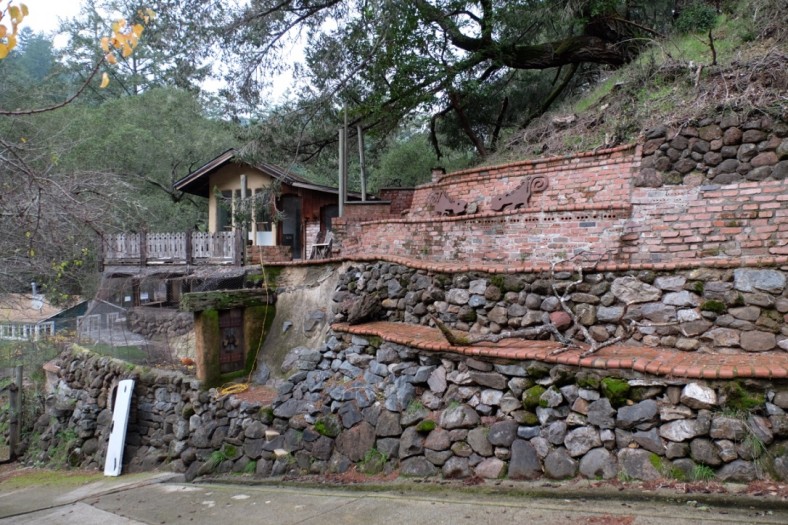
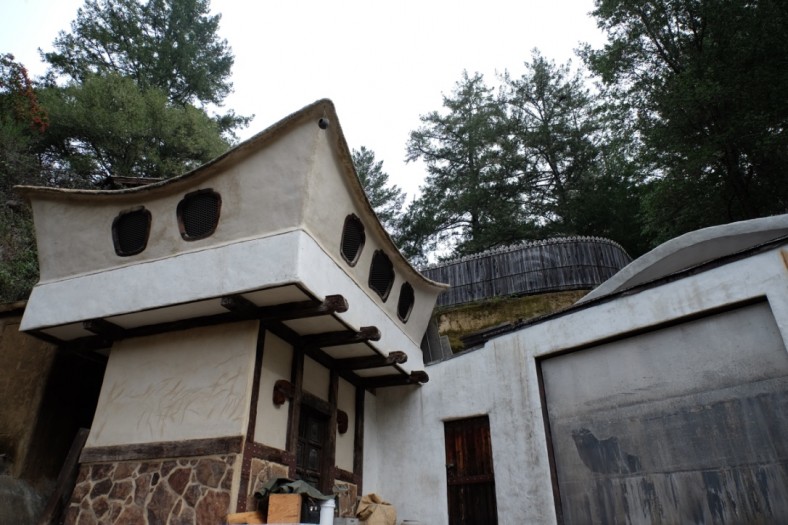
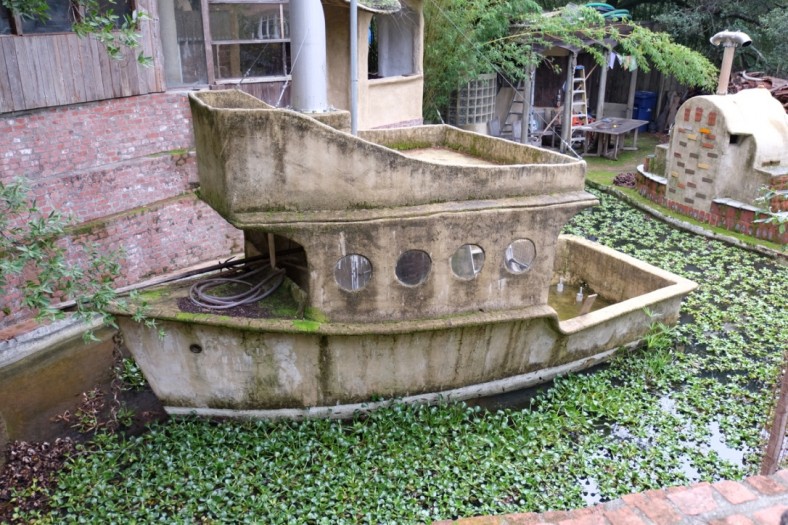
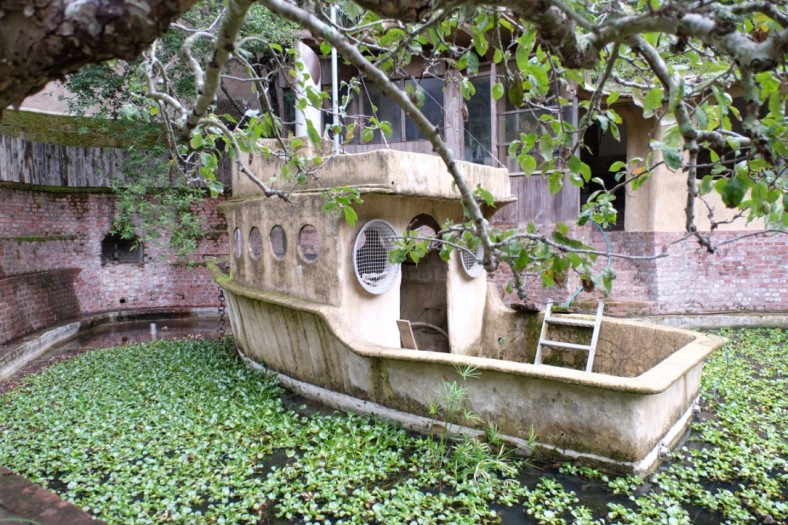
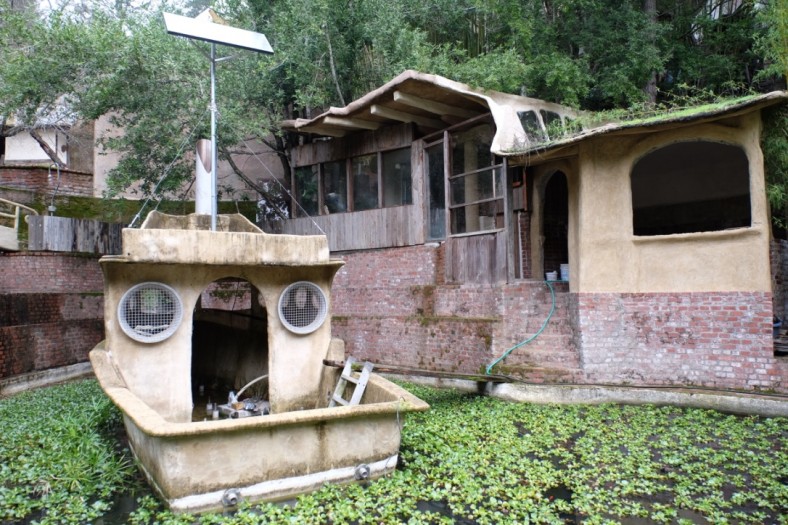
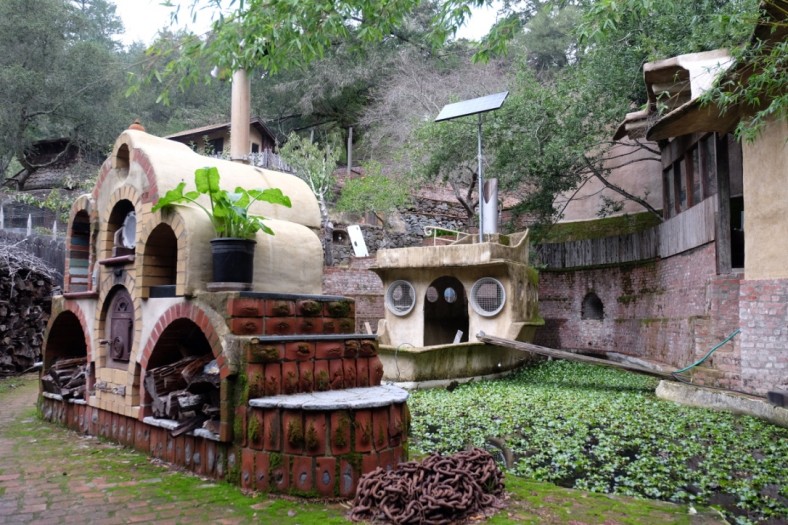
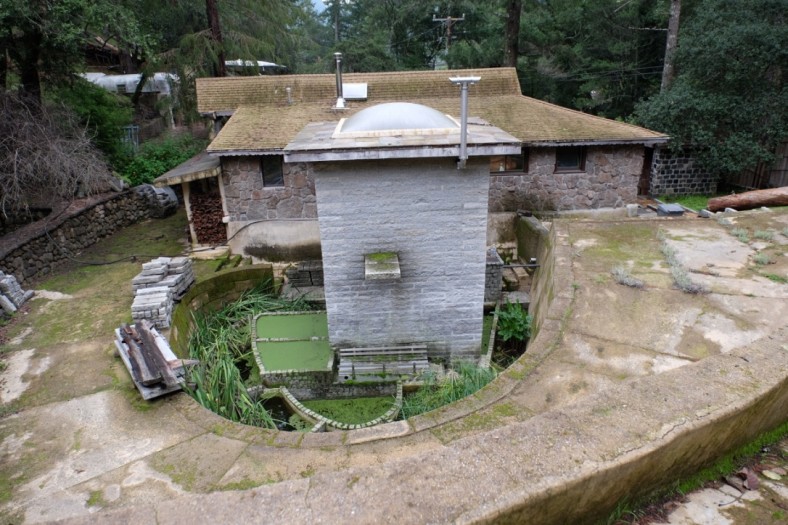
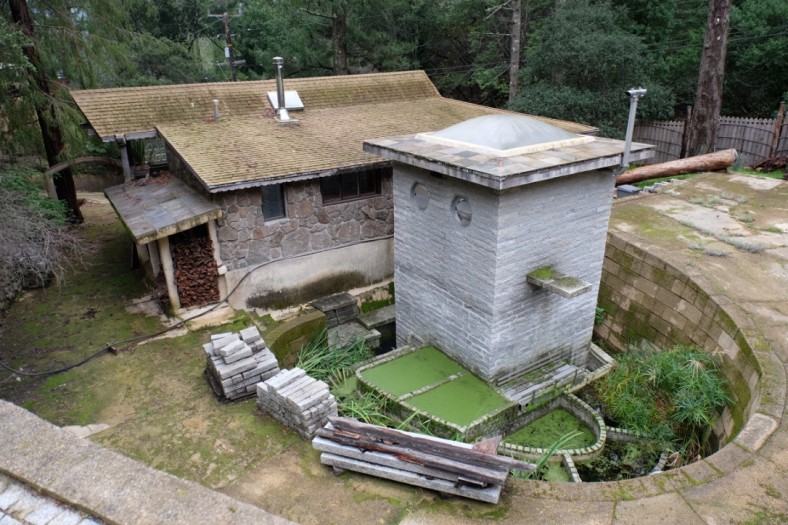
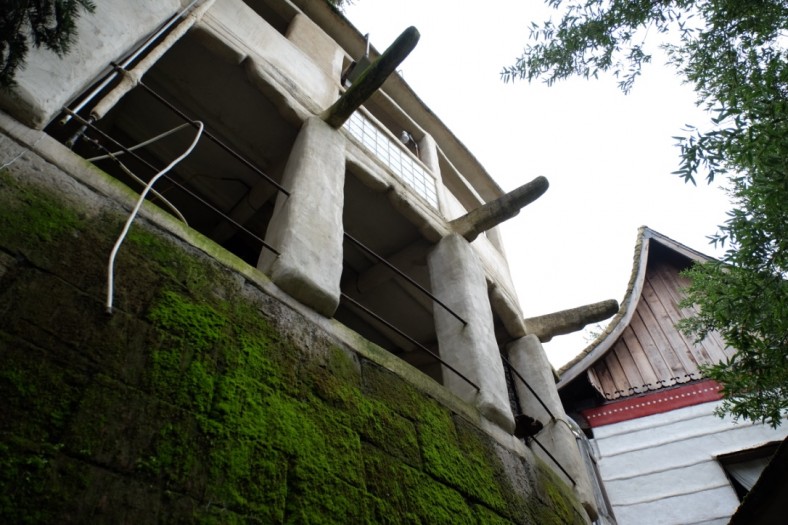
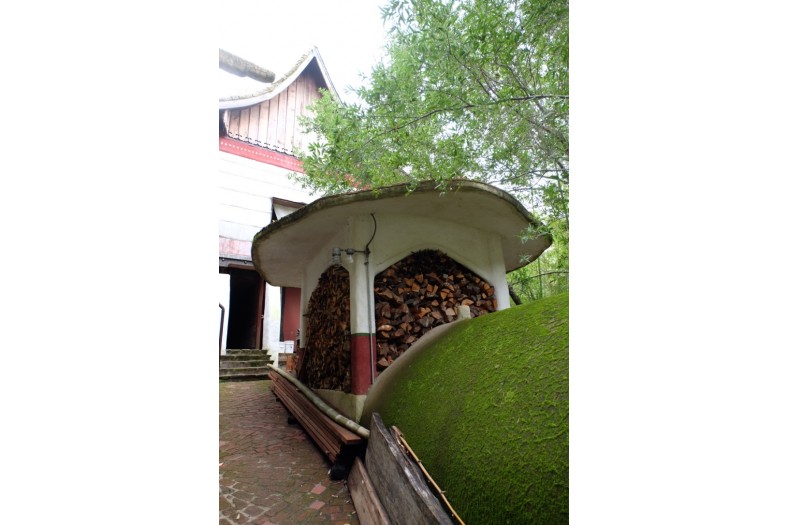
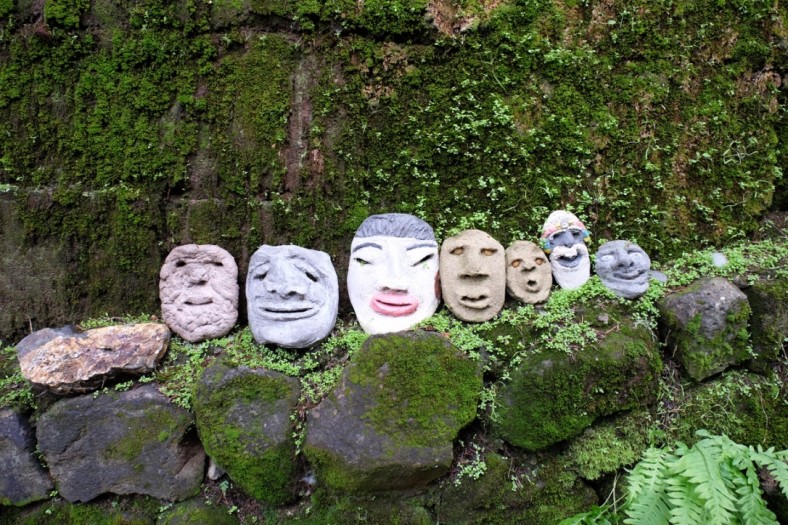
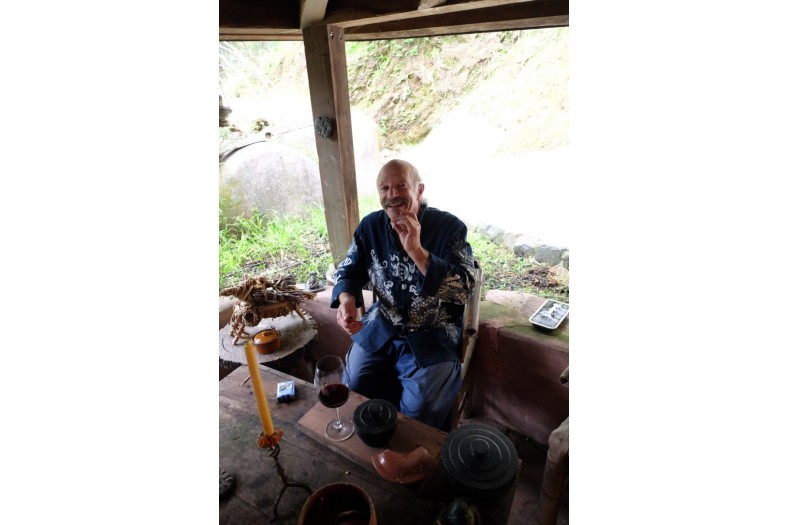
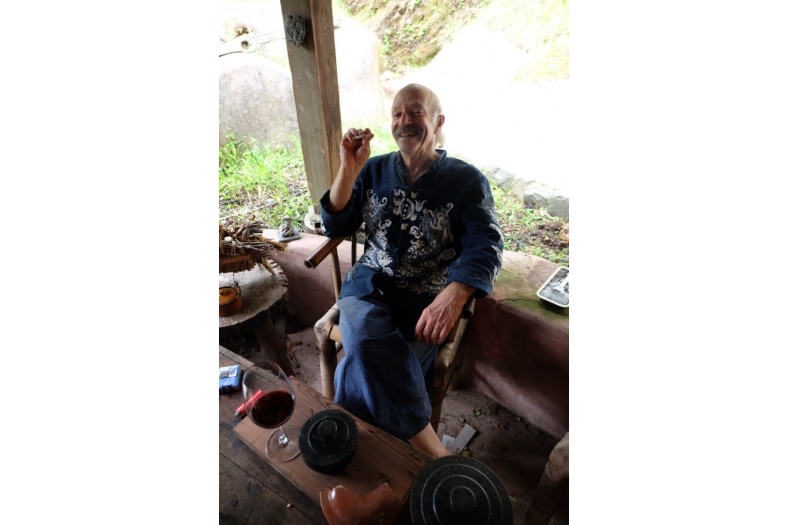


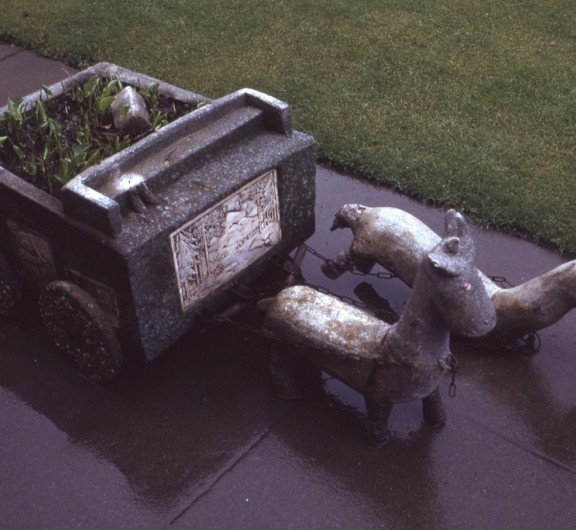
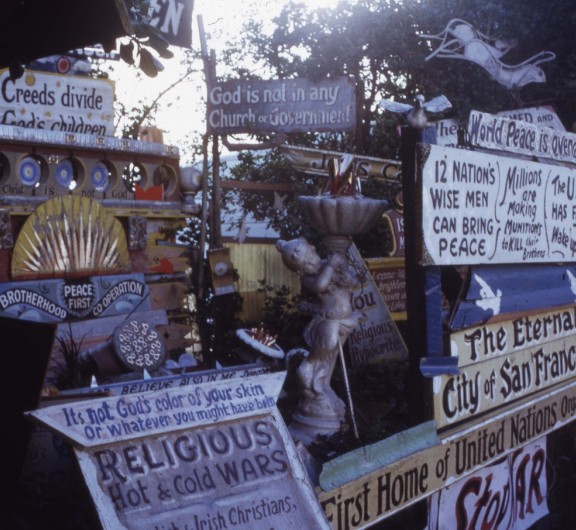



Post your comment
Comments
No one has commented on this page yet.